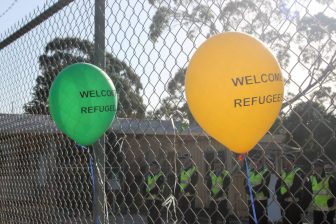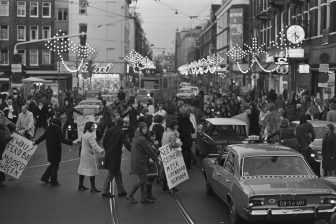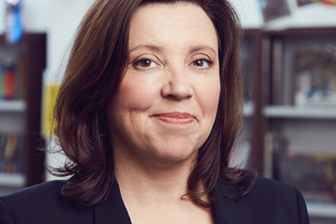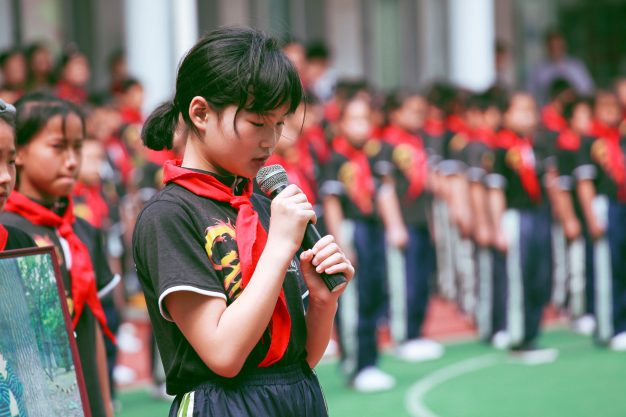
Children’s involvement in shaping their communities
“Placemaking with Children and Youth: Participatory Practices for Planning Sustainable Communities,” which was released Sept. 17 by New Village Press, was written by three women with strong ties to the University of Colorado Boulder’s Community, Engagement Design and Research Center (CEDaR): CEDaR Fellow and CU Boulder Professor Emerita Louise Chawla, Mara Mintzer, program director for CEDaR’s Growing Up Boulder program (GUB), a child- and youth-friendly city initiative, and lead author Victoria Derr, a former senior instructor in CU Boulder’s Program in Environmental Design and former GUB co-coordinator, who now teaches at California State University, Monterey Bay.
In this interview with Susan Glairon, CEDaR communications specialist, Louise Chawla, whose life work has centered on youth participation in the design and planning of their cities, shares her passion for children’s involvement in shaping their communities.

Why is it important for children to be involved in planning their communities?
When I coordinated the Growing Up in Cities program for UNESCO (United Nations Educational, Scientific and Cultural Organization), I found that no matter where children lived–a high-income country like the U.S., or a former communist country like Poland, or a squatter camp in South Africa–the children were all incredulous when we suggested adults would listen to them. Imagine being put down in a squatter camp in Johannesburg, or in a working-class community in England and then having adults listen to your ideas. It results in a new self-esteem for the children; they realize their ideas have value. I have seen that again and again, and it’s very powerful.
Your work has focused on giving kids a voice in city planning. Why were you involved in the formation of CEDaR, which involves people of all ages?
There was always a strong tradition of community engagement at CU Boulder’s Children, Youth and Environments (CYE) Center, the predecessor for CEDaR. But CEDaR provides a chance to work together under one umbrella. It’s the big tent, a meeting place for those of us in CU Boulder’s Program in Environmental Design (ENVD) who want to promote community engagement as well as share and integrate what we are doing.
The CEDaR events where students share their research with city officials and the community are good examples of the types of sharing that CEDaR provides. These events include Growing Up Boulder, as well as studio classes working on different city projects, city officials and local residents. Community events like these raise the visibility of what we are doing within the program in ENVD, CU Boulder and the region at large.
In addition, we hear again and again from students about how much they learn from real-world projects, and CEDaR provides those opportunities.
Growing Up Boulder (GUB) is a CEDaR program. What does “growing up” mean?
“Growing up” means gaining the freedom to move beyond the home into the community. It’s essential that cities and communities provide the resources that children need to develop their capabilities. We need cities with people who know and love their city and invest in caring for it, and children and youth are an important part of that group.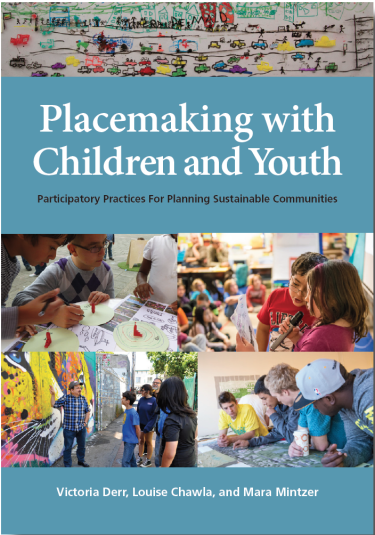
Where did the idea for Growing Up Boulder originate, and why is it important?
The idea started with Growing Up in Cities, which has a mission of including children and youth in urban planning and design, and the Child Friendly Cities Initiative of UNICEF. In the mid-1990s I revived Growing Up in Cities, (originally conceived by urban planner Kevin Lynch in the 1970s), at the same time UNICEF began the Child Friendly Cities Initiative. At that time, Growing Up in Cities was implemented in eight cities. When I last counted, approximately 50 cities worldwide had introduced Growing Up in Cities programs on some scale. GUB is a recent example.
We want Boulder’s city officials and politicians to listen to young people in a serious way, so the young people feel that Boulder is their city, and they feel valued. GUB offers a means for children and teenagers to have that voice and help to create a vibrant, ecologically alive and socially welcoming city. GUB pre- and post- questionnaires include the question, “Do you believe people in the city will listen to you?” Mara (Mintzer), Growing Up Boulder’s program director, found that if adults listen to young people, afterwards they believe, “Yes. My ideas count.”
How is Boulder different than other cities who have implemented Growing Up in Cities?
Boulder has funded Growing Up Boulder since 2009, and it was the first city in the country to implement child and youth participation long term. It’s changing the culture of city decision making. Boulder recognizes that young people’s ideas are often innovative, people-friendly and playful, and that implementing their ideas adds to the city’s character.
“Placemaking with Children and Youth: Participatory Practices for Planning Sustainable Communities,” is available for order via New Village Press, NYU Press, or Amazon.
This article was first published by the Community Engagement, Design and Research Center, and was republished with the center’s permission.

